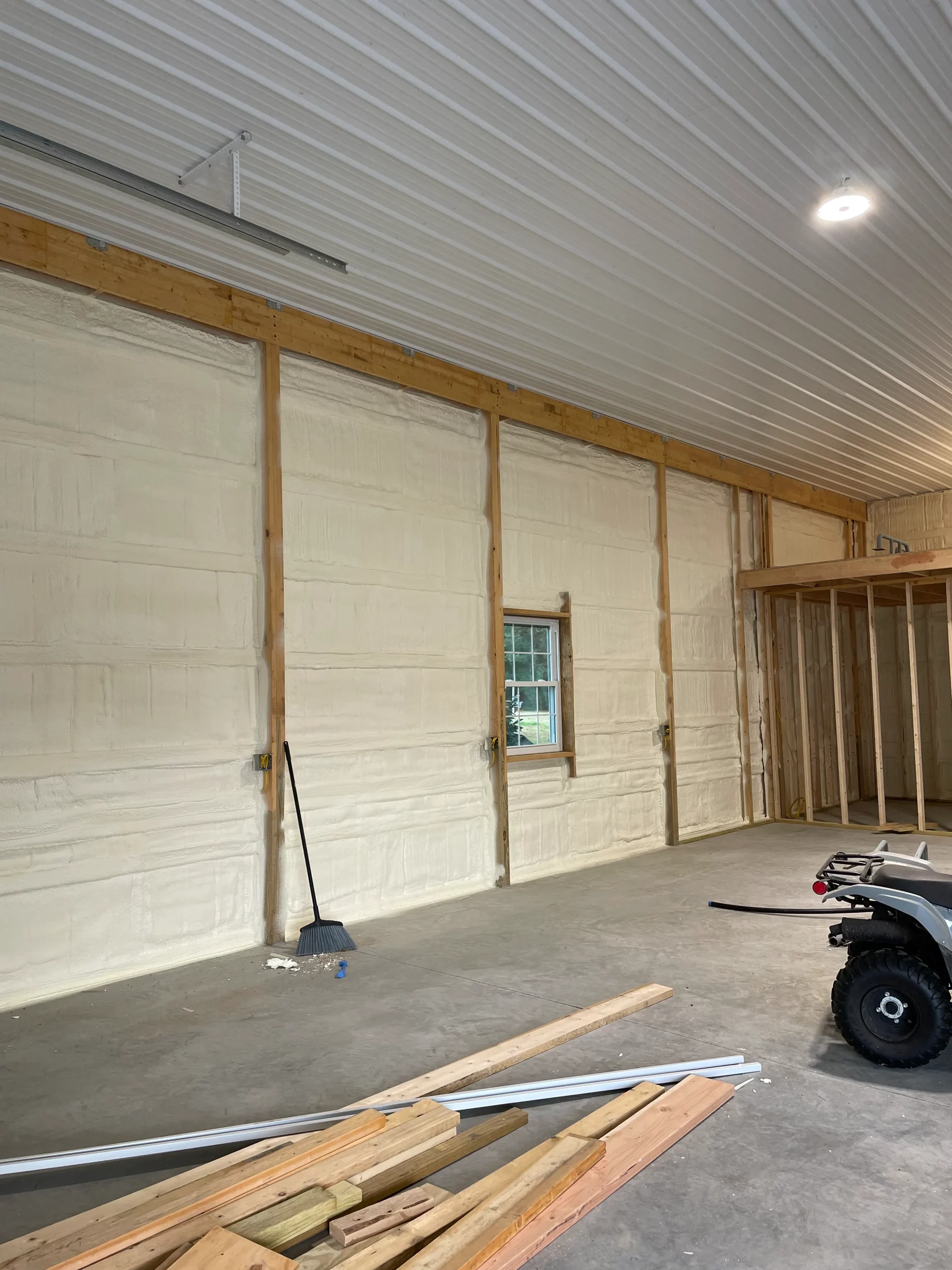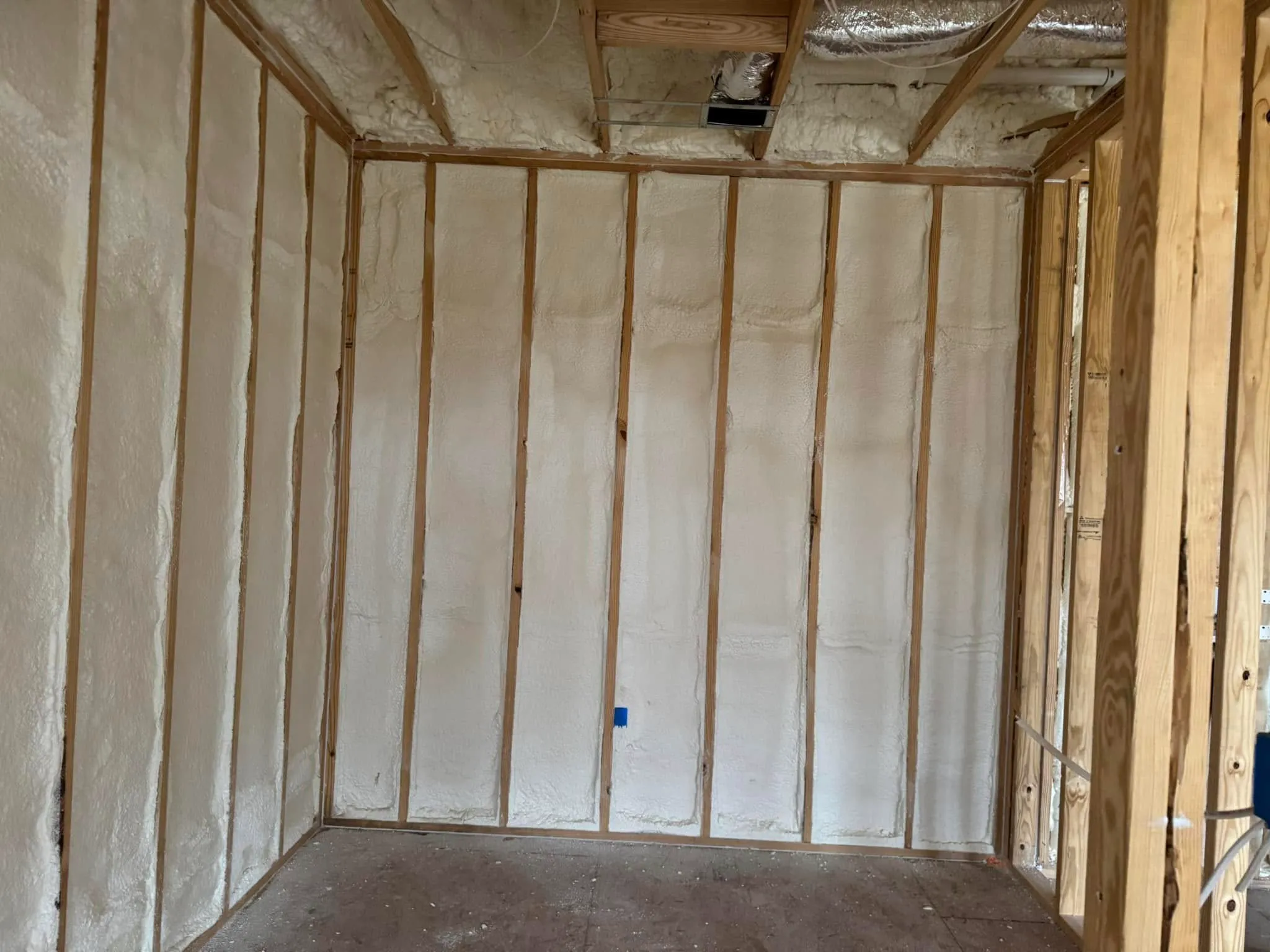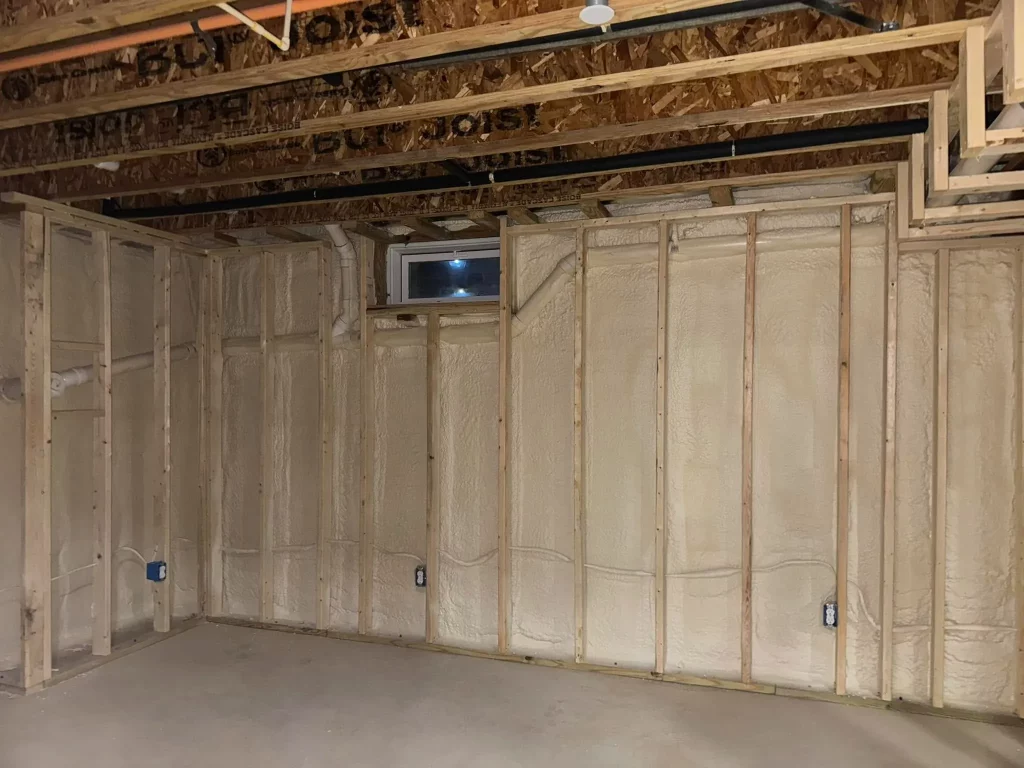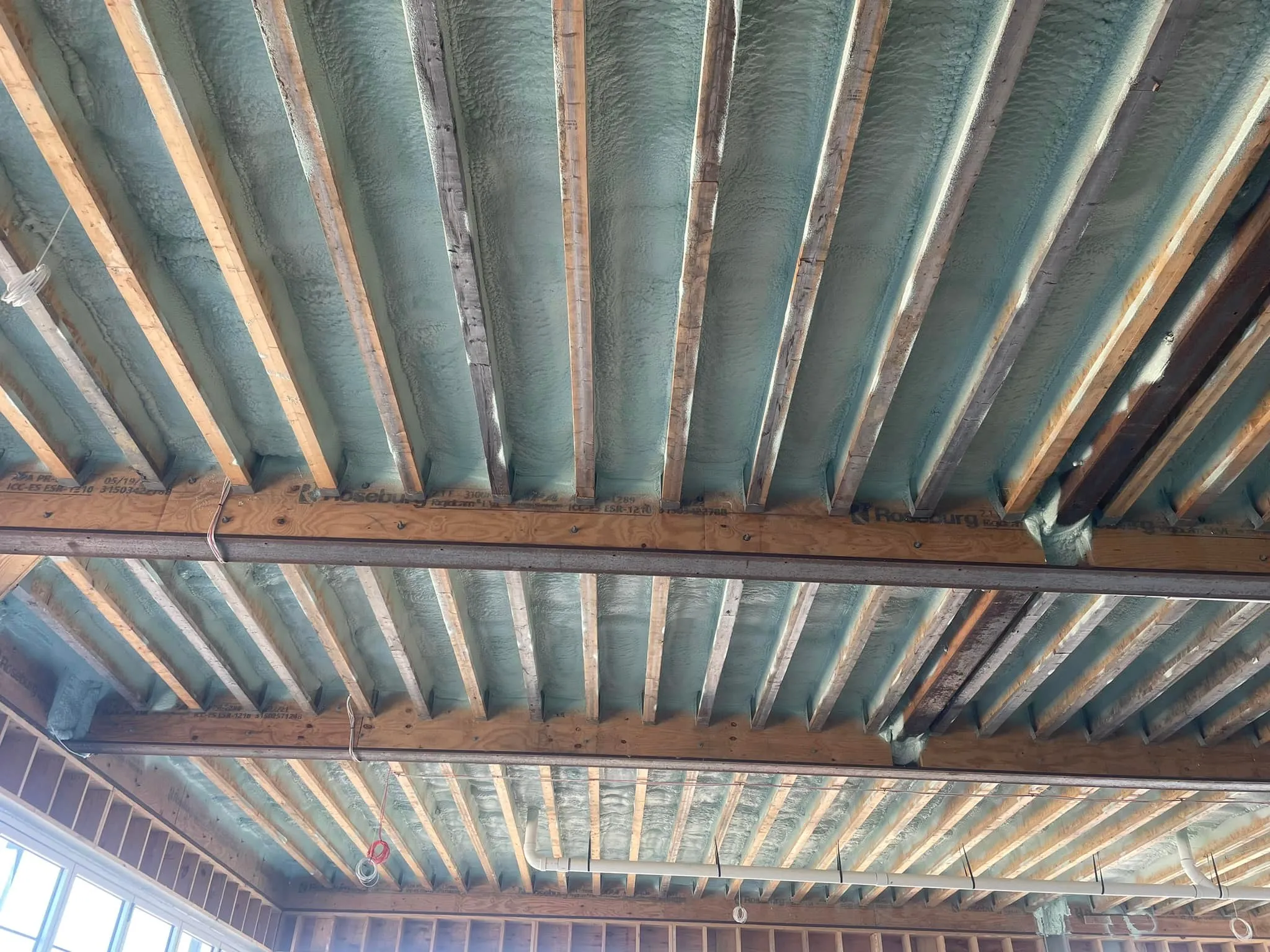

A stable indoor climate is achieved by controlling heat transfer, and insulation is the primary material used to accomplish this. In Salisbury’s specific climate, which features hot, humid summers and cool, damp winters, insulation works by slowing the movement of heat. During the summer, it keeps the sun’s heat from entering the home, and in the winter, it prevents interior heat from escaping. This resistance to heat flow results in consistent indoor temperatures, reduces the workload on HVAC systems, and leads to significant energy savings and improved comfort year-round.
This article explains the mechanics of how insulation functions, its benefits beyond temperature control, and what Salisbury homeowners should consider when evaluating their insulation needs. The information is based on extensive field experience managing thermal and moisture control in homes across the Eastern Shore.
Heat naturally moves from warmer areas to cooler ones, and it does so in three ways: conduction, convection, and radiation. Effective insulation is designed to counter all three methods of transfer.
In our region, the high humidity adds another layer of difficulty. Moisture carries heat very effectively, so damp air can make a home feel much warmer in the summer and colder in the winter. Certain types of insulation, like closed-cell spray foam, create an air and moisture barrier, preventing this uncomfortable, energy-wasting exchange.
Proper insulation offers more than just a comfortable temperature. The effects are felt in your wallet, your health, and the durability of your home’s structure.
The most immediate benefit is the elimination of hot and cold spots. A properly insulated building envelope keeps conditioned air where it belongs. This stability means your heating and cooling systems don’t have to cycle on and off as frequently to maintain the thermostat setting. The U.S. Department of Energy reports that homeowners can save an average of 15% on heating and cooling costs by air sealing their homes and adding insulation in attics, floors, and crawl spaces.
In Salisbury’s humid environment, controlling moisture is essential for preventing mold and mildew growth. Information from the Environmental Protection Agency explains that controlling moisture is the key to controlling mold. Closed-cell spray foam insulation acts as a vapor barrier, blocking water vapor from passing through walls and into your living space. This reduces indoor humidity levels, protects structural wood from rot, and prevents the growth of allergens, leading to healthier indoor air.
Bonus Tip: Air sealing is just as important as insulation. Sealing gaps and cracks in your home’s envelope around windows, doors, and plumbing penetrations before insulating can dramatically increase the effectiveness of the insulation.
With a properly sealed home envelope, selecting the right insulation material becomes the next critical step.

The best insulation material depends on the specific application, budget, and performance goals. Each type has its own strengths and weaknesses, particularly when considering Salisbury’s climate.
| Insulation Type | Typical R-Value (per inch) | Moisture Resistance | Air Sealing Capability | Common Applications |
|---|---|---|---|---|
| Fiberglass Batts | 3.1 – 4.3 | Poor | Poor | Walls, Attics |
| Blown-In Cellulose | 3.2 – 3.8 | Moderate | Good | Attics, Existing Walls |
| Open-Cell Spray Foam | 3.5 – 3.8 | Poor | Excellent | Attics, Wall Cavities |
| Closed-Cell Spray Foam | 6.0 – 7.0 | Excellent | Excellent | Crawl Spaces, Basements |
Closed-cell spray foam is often a superior choice for below-grade applications like crawl spaces because of its high R-value and its ability to block moisture. For attics, blown-in cellulose or spray foam can be effective at filling irregular spaces around framing and wiring.
Before investing in new or upgraded insulation, there are several factors to evaluate to ensure you make the right choice for your property.
Start with a professional evaluation of your home. This should include an inspection of existing insulation levels, a blower door test to identify air leaks, and a check for any moisture-related issues. Understanding the unique conditions of your home is the first step toward an effective solution.
While some insulation materials like fiberglass have a lower initial cost, high-performance options like spray foam can offer a better return on investment over time. According to the 2023 Cost vs. Value report from Remodeling Magazine, an attic insulation upgrade is one of the home improvement projects with the highest cost recoupment, largely due to sustained energy savings.
Wicomico County has specific building codes that dictate minimum R-value requirements for different parts of a home. It’s important to ensure any insulation work meets or exceeds these standards. Also, remember that as you make a home more airtight, you must also consider mechanical ventilation. A tightly sealed home needs a way to exchange stale indoor air with fresh outdoor air to maintain healthy air quality.
Achieving a stable indoor climate in Salisbury is about more than just comfort; it’s about creating an energy-efficient, healthy, and durable home. By effectively resisting heat transfer and controlling moisture, the right insulation system protects your property from the region’s distinct seasonal challenges. Before making any changes, it is best to assess your home’s specific conditions and long-term goals to select the most suitable insulation solution.
For a detailed evaluation of your home’s insulation needs, a professional consultation can provide clarity. An expert can identify areas of energy loss and recommend solutions tailored to your property. To discuss your home’s performance, contact Peninsula Insulation, LLC for more information. You can reach the team by phone at (410) 770-2624 or by email at wil@mdsprayfoam.net to schedule an assessment.
R-value measures an insulation material’s ability to resist heat flow. The higher the R-value, the better its insulating performance. The required R-value for a home in Salisbury depends on the specific area being insulated (attic, walls, floors) and local building codes.
In many cases, yes. It’s common to add new blown-in insulation over existing batts in an attic to increase the total R-value. However, any old insulation that is wet, compressed, or moldy should be removed first, as it has lost its effectiveness and could cause moisture problems.
Common signs include high energy bills, rooms that are difficult to keep cool in the summer or warm in the winter, noticeable drafts, and uneven temperatures between floors. If your home is more than 15-20 years old, its insulation likely doesn’t meet current standards.
The attic is typically the highest priority. Because heat rises, a poorly insulated attic is a major source of heat loss in the winter and heat gain in the summer. Next in line are crawl spaces and exterior walls.
During the application process, spray foam releases chemicals that require professional handling and safety equipment. Once the material has fully cured (typically within 24 hours), it becomes an inert, stable, and odorless plastic that does not pose a health risk.
Insulation provides effective sound dampening by absorbing sound waves and reducing vibrations through walls and floors. Denser materials like cellulose and spray foam are particularly good at creating a quieter indoor environment by muffling outside noise from traffic, neighbors, and weather.


